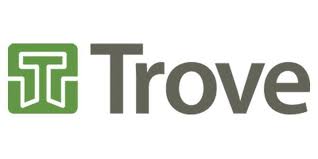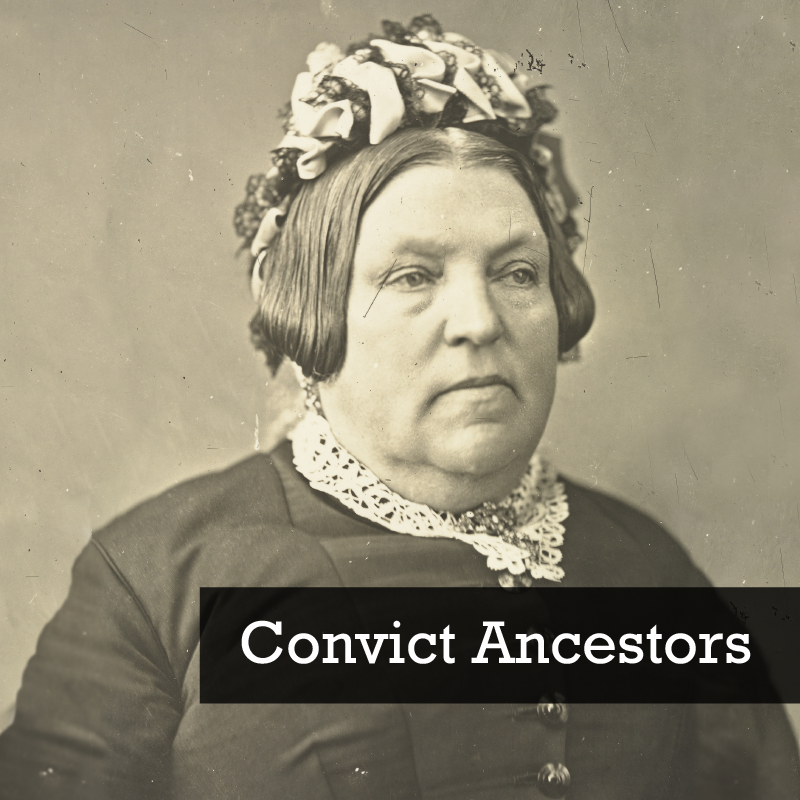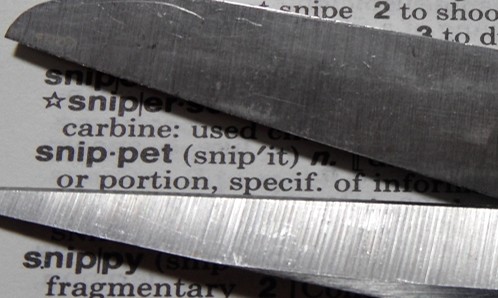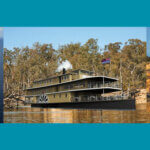 Australian’s are spoilt by having Australian historical newspapers available their fingertips and online through Trove. Not also forgetting that it’s all totally free as well.
Australian’s are spoilt by having Australian historical newspapers available their fingertips and online through Trove. Not also forgetting that it’s all totally free as well.
Can you believe that there are over 200 million articles already on the National Library of Australia’s Trove Newspapers site, and that figure grows every month, with new papers being added.
It is a vast resource which is used not only by tens of thousands of Australian genealogists, historians, students and academics on a daily basis, but also by many overseas who are researching something about Australia, or someone who was in Australia.
But how do you search? Type in a name and see what comes up? Well, there’s more to it than that.
When searching newspapers you have to think of how things would be written in the newspaper at the time, which can be quite different to general search websites. So here are some tips for you.
- When searching for a birth, don’t just look for the person’s name, as they often aren’t mentioned. (ie. On the 23rd June, at Hobart, Mr and Mrs E. Smith of a daughter)
- When searching use initials, not just their full name – or an abbreviation (ie. Wm instead of William)
- When looking for a wife, look for “Mrs W. Baker” (as in wife of Mr William Baker) rather than her own name of Elizabeth
- Use place name together with a surname to help narrow down your search
- Or as an alternative to using a place name, use an occupation and surname
- Remember to use different spellings of names, as every name has variants
- Remember some places changed name, so look for a previous place name (ie. Friezland in Brisbane was renamed to Kuridala in 1916; or Tweedvale in South Australia became Lobethal etc)
- If you are looking for immigration details and can’t find a shipping list, look for an obituary. Many say when they arrived, and often what ship they came in on
- When looking at newspapers don’t dismiss newspapers from other states, because the news may well have been reported elsewhere (and sometimes has better information) than the ones you’re looking at
- When looking for a death, don’t dismiss papers that occur years after the death as they may be mentioned in a “In Memoriam” entry
- You’ve done a search, and it’s come up with 1000s of entries, too many to go through every one, use the “Refine Your Results” options on the left hand side of the page. So you can choose a state, choose a paper, choose an entry type, narrow down by decade
- When looking at the paper and date range, it doesn’t mean that ‘every’ issue between that range has been scanned yet. So check what’s actually covered by browsing
- Also one more point is that the text of the newspapers has been scanned and OCRd (Optical Character Recognition). So how well it reads (and can be found by searching), depends on the quality of the original. Sometimes it’s best to browse, rather than simply rely on searching as you will pick things up that the search didn’t












I am looking for some information on St Saviours Orphanage in Cowper Street Goulburn NSW.. Iwas there for four to five years, and was wanting some info about the home. Cant find anything anywhere. Thankyou.????
Violet, I’d start by getting checking out and getting in touch with Find & Connect https://www.findandconnect.gov.au, which is the place to look for “Forgotten Australians, Former Child Migrants and anyone interested in the history of child welfare in Australia”.
This advice is similar to this one on the Trove Blog – Trove Tips for Family Historians
https://www.nla.gov.au/blogs/trove/2014/08/25/trove-tips-for-family-historians
Thanks for the link Liz, I hadn’t seen that article before, but there’s lots of useful suggestions there.
I have checked your website and i’ve found some duplicate content, that’s why
you don’t rank high in google’s search results, but there is a tool that can help you to create 100% unique
content, search for: Boorfe’s tips unlimited content
Hi, is anybody here interested in online working?
It is simple survey filling. Even 10 bucks per survey (ten minutes of work).
If you are interested, send me e-mail to hans.orloski[@]gmail.com